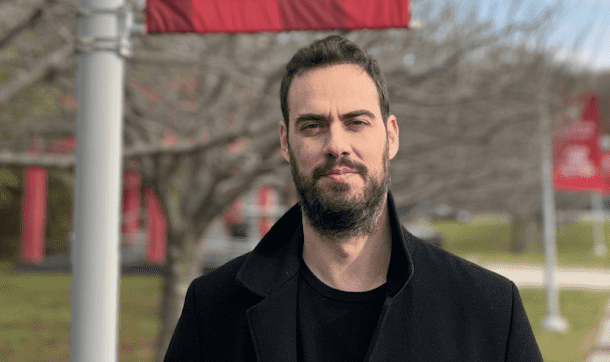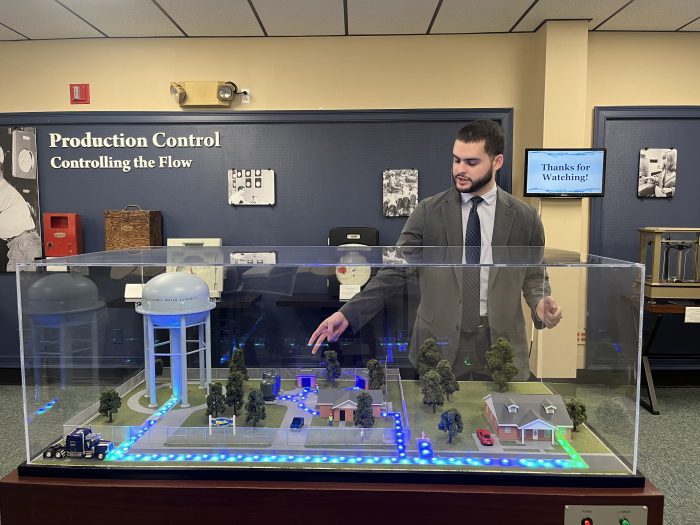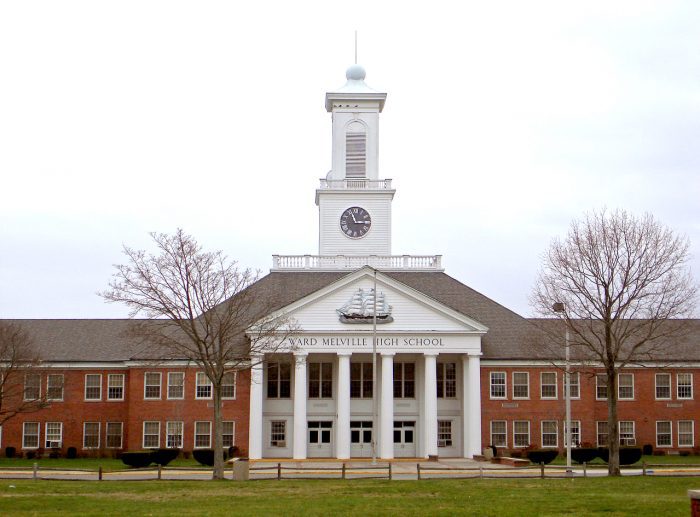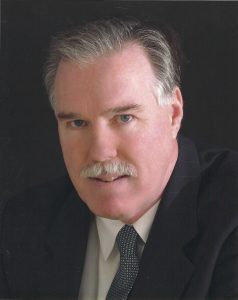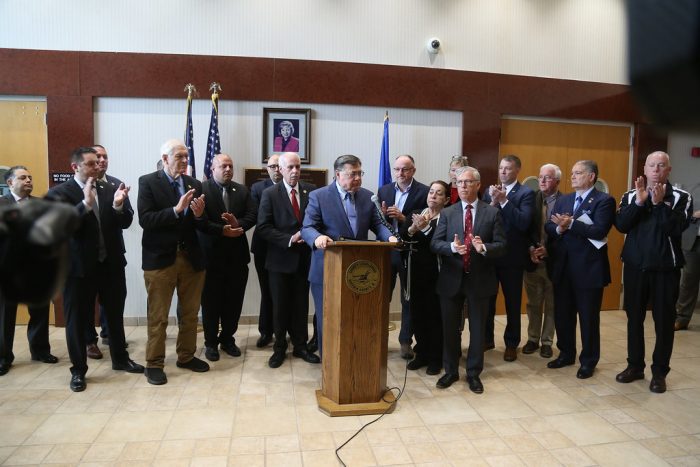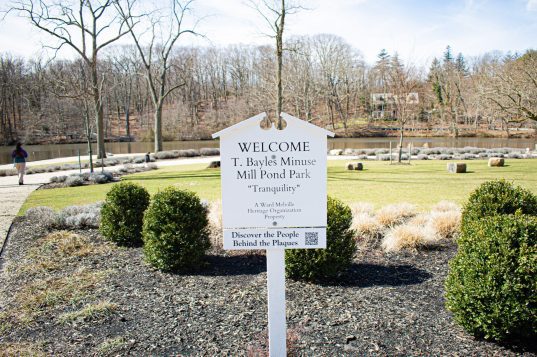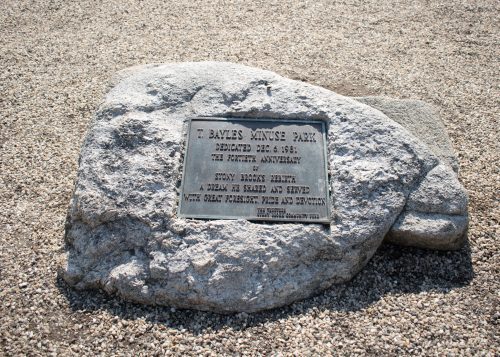By Daniel Dunaief
In the best of times, water provides a serene background, offers an escape from searing summer heat, serves as a livelihood for the fishing industry, and supports a range of aquatic life that shimmers just below the surface.
In the worst of times, that same water can threaten communities that line coasts, bringing a powerful surge of destructive force that takes lives and destroys homes, buildings and infrastructure.
Recently, Georgios Moutsanidis, Stony Brook University Assistant Professor in the department of Civil Engineering, received a $500,000, five-year Faculty Early Career Development grant from the National Science Foundation to conduct research that could increase the resilience of coastal structures.
Rigoberto Burgueño, who is the chairman of the Civil Engineering department and who helped recruit Moutsanidis to Stony Brook in 2020, is pleased with the recognition from the NSF.
It is “one of the highest achievements for an individual investigator in terms of their potential as future leaders in their field and future mentors and teachers,” Burgueño said. The prestige from the award “will provide opportunities and bigger audiences to communicate his findings and his work.”
Amid climate change, the need for efforts to improve resilience from a range of water-driven forces increases, as rising sea levels encroach on coastlines and stronger storms driven by higher ocean temperatures threaten buildings and infrastructure.
“What we are trying to do with this project is to develop state-of-the-art computational tools that engineers and other researchers will use to incorporate in their work and study the resilience of structures against extreme hydrodynamic events” such as storm surges and tsunamis, said Moutsanidis.
Engineers, city planners and builders have used what Moutsanidis described as mostly outdated empirical models to test the resilience of structures. Moutsanidis, however, hopes to enhance those models by taking a physics-based numerical approach to understanding the damage a surge of water could do to various structures.
Moutsanidis is using established and well-known equations. He will contribute to solving them more accurately and efficiently.
Other models “could simulate water hitting a structure, but they were unable to capture the detailed response of the structure, with cracks, fractures, fragmentation and collapse,” Moutsanidis said. He hopes the new computational methods he will develop will predict the type and extent of damage more accurately.
The model he plans to create, with the help of graduate students he will hire who will use new high-performance computers he expects to use the funds to purchase, can address site-specific features of an area that would affect the likely speed, amount and force of any water surge.
Burgueño described Moutsanidis as being “at the forefront of very advanced computational simulations that take into account interactions of water with a structure.”
By generating better estimates of the actual loads imposed on a structure, “we will be better prepared as engineers to either strengthen existing structures or to design future ones better,” Burgueño said.
Checking his work
While the information he’s using to construct these models relies on physics and deploys established equations, the Stony Brook Assistant Professor and his students will perform verification and validation. They will compare their results with existing experimental data and other computational approaches.
In addition, Moutsanidis’s lab will conduct experiments in a flume, which is a water tank in which he can vary the amount and speed of water approaching models of coastal communities. With a high-speed camera, he can evaluate how these simulated structures respond. In buildings that might collapse or fracture, he can test a slightly different fortified design, run a similar analysis and determine if the modifications led to a better outcome.
At this point, Moutsanidis has completed a proof of concept article in the journal Engineering with Computers, where he demonstrated the idea and the equations he’s solving. He hopes to produce a useful package that engineers and the public can use within the next four to five years, which he will release through an open source platform such as GitHub.
Moutsanidis is “very eager to start this work” as storm surges, flooding and tsunamis threaten coastal communities every year.
Larger context and other projects
In the bigger picture, Moutsanidis seeks to use computational methods and software to solve problems of engineering driven by physics. He has also worked in the aerospace community, studying the interaction of solids with hypersonic flow.
The goal is to “design more efficient aerospace vessels” that can withstand high temperatures and pressure as they travel five times the speed of sound or more, he said. The temperature is so high that the air undergoes a chemical reaction.
Moutsanidis has also worked with the impact of blast waves on structures, simulating the response to the shock wave or blast.
The goal is to make structures “more resilient or resistant to extreme events” such as a terrorist attack or an accident that triggers an explosion.
From Karditsa to Queens
Born and raised in a small town in the center of Greece called Karditsa, Moutsanidis is the son of two engineers. “In my early childhood, I was influenced by them, but I chose a different engineering path,” he said.
Moutsanidis, who completed postdoctoral research at Brown University before joining Stony Brook, lives in Queens.
Moutsanidis is impressed with the students at Stony Brook, whom he described as “very engaged.” As for his work, he explained that his field is “quite competitive” and he was surprised and pleased to receive this award.

